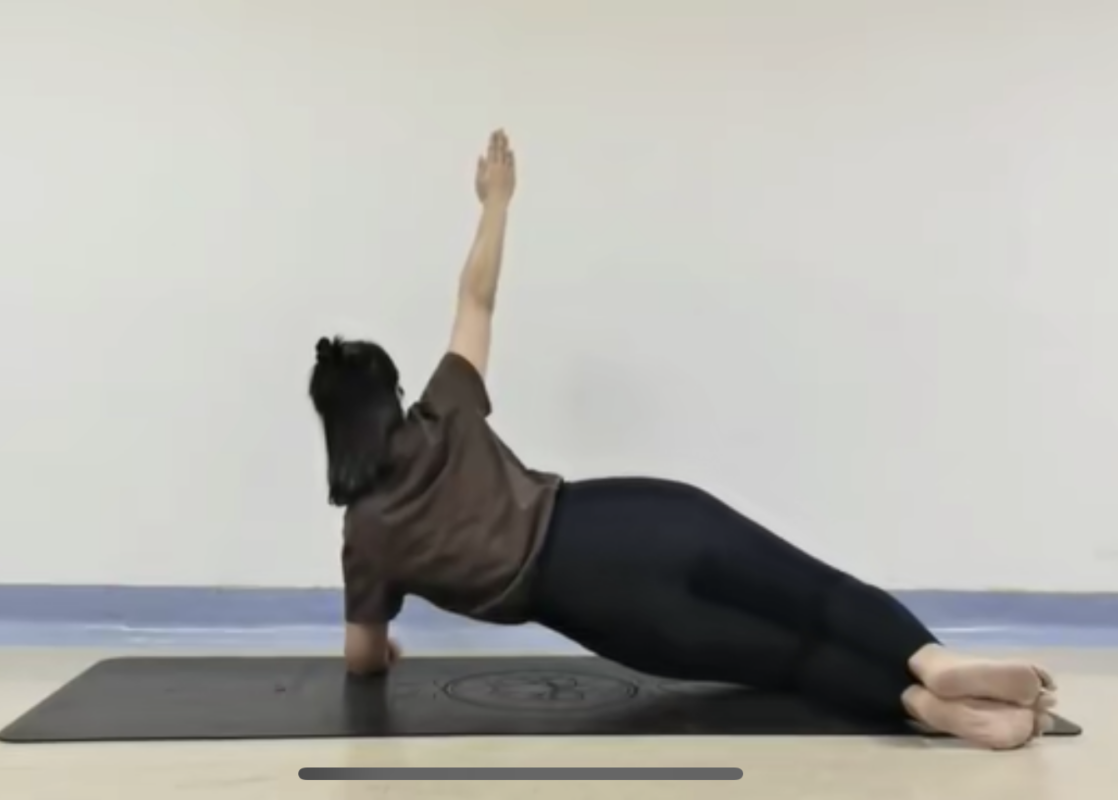How to Fix Scoliosis Naturally in 4 Minutes a Day: Scoliosis is a condition characterized by an abnormal curvature of the spine, which can cause pain, discomfort, and limited mobility. It affects approximately 2-3% of the population, with the majority of cases occurring in adolescents. While scoliosis can be caused by various factors, including genetics and neuromuscular conditions, the exact cause is often unknown. However, early detection and treatment are crucial in managing the condition and preventing further progression.

Understanding the Causes and Symptoms of Scoliosis
Scoliosis can be classified into two main types: structural and non-structural. Structural scoliosis is caused by a permanent curvature of the spine, while non-structural scoliosis is reversible and often caused by muscle imbalances or temporary conditions. Common symptoms of scoliosis include an uneven waistline, one shoulder higher than the other, and an asymmetrical ribcage. It is important to note that scoliosis can vary in severity, with some cases requiring medical intervention, while others can be managed through natural approaches.

The Importance of Early Detection and Treatment
Early detection and treatment of scoliosis are crucial in preventing further progression and minimizing the impact on daily life. Regular screenings during adolescence, when the spine is still growing, can help identify scoliosis at an early stage. If left untreated, scoliosis can lead to chronic pain, respiratory issues, and even psychological distress. Therefore, it is essential to seek medical advice if you suspect scoliosis or notice any symptoms.
Natural Approaches to Managing Scoliosis
While medical interventions such as bracing or surgery may be necessary for severe cases, there are natural approaches that can help manage scoliosis and provide relief from symptoms. These approaches focus on improving posture, strengthening the muscles supporting the spine, and increasing flexibility. By incorporating simple daily exercises and techniques into your routine, you can take an active role in managing your scoliosis and improving your overall well-being.
The Role of Exercise in Scoliosis Relief
Exercise plays a crucial role in managing scoliosis by strengthening the muscles supporting the spine, improving posture, and increasing flexibility. Regular exercise can help alleviate pain, reduce the progression of the curvature, and enhance overall spinal health. It is important to note that exercise alone may not correct the curvature, but it can significantly improve the quality of life for individuals with scoliosis.
How to Fix Scoliosis Naturally in 4 Minutes a Day: Daily Exercise Routine for Scoliosis Relief
A daily exercise routine can be an effective way to manage scoliosis and provide relief from symptoms. This routine should include a combination of stretching, strengthening, and posture correction exercises. It is recommended to perform these exercises for at least four minutes a day to achieve optimal results. Consistency is key, so it is important to make these exercises a part of your daily routine.

Stretching Techniques for Scoliosis Relief
Stretching exercises can help improve flexibility, reduce muscle imbalances, and relieve tension in the spine. Some effective stretching techniques for scoliosis relief include the cat-camel stretch, the seated twist, and the side bend stretch. These stretches target the muscles surrounding the spine and help improve range of motion.
Strengthening Exercises for Scoliosis Relief
Strengthening exercises are essential for supporting the spine and improving posture. Some effective strengthening exercises for scoliosis relief include the plank, the bird dog, and the bridge. These exercises target the core muscles, back muscles, and glutes, which play a crucial role in maintaining proper spinal alignment.
Posture Correction Techniques for Scoliosis Relief
Correcting posture is vital in managing scoliosis and preventing further progression. Poor posture can exacerbate the curvature and lead to increased pain and discomfort. Some effective posture correction techniques for scoliosis relief include shoulder blade squeezes, chin tucks, and wall angels. These techniques help align the spine and promote proper posture.

Breathing Exercises for Scoliosis Relief
Breathing exercises can help improve lung capacity, reduce tension in the chest and back muscles, and promote relaxation. Deep breathing exercises, such as diaphragmatic breathing and alternate nostril breathing, can be beneficial for individuals with scoliosis. These exercises help increase oxygen flow, reduce stress, and improve overall well-being.
Additional Techniques for Scoliosis Relief
In addition to exercise, there are other techniques that can provide relief from scoliosis symptoms. These include massage therapy, chiropractic adjustments, acupuncture, and yoga. These complementary therapies can help alleviate pain, reduce muscle tension, and improve overall spinal health. It is important to consult with a healthcare professional before trying any additional techniques to ensure they are safe and suitable for your specific condition.
Conclusion and Final Thoughts
Scoliosis is a condition that affects many individuals, but with early detection and proper management, it is possible to find relief from symptoms and improve overall well-being. By incorporating a daily exercise routine, including stretching, strengthening, posture correction, and breathing exercises, individuals with scoliosis can take an active role in managing their condition. Additionally, complementary therapies such as massage therapy, chiropractic adjustments, acupuncture, and yoga can provide additional relief. Remember, consistency is key, so dedicate at least four minutes a day to these exercises and techniques, and you may experience significant improvements in your scoliosis symptoms. Always consult with a healthcare professional before starting any exercise or treatment regimen to ensure it is safe and appropriate for your specific condition.
Références
- Institut national de l'arthrite et des maladies musculo-squelettiques et cutanées. "Scoliose https://www.niams.nih.gov/health-topics/scoliosis.
- Clinique Mayo. “Scoliosis Symptoms and Causes.” https://www.mayoclinic.org/diseases-conditions/scoliosis/symptoms-causes/syc-20351782.
- Clinique de Cleveland. "Scoliose https://my.clevelandclinic.org/health/diseases/4394-scoliosis.
- Médecine Johns Hopkins. “Scoliosis Treatment.” https://www.hopkinsmedicine.org/health/conditions-and-diseases/scoliosis/treatment.
- Académie américaine des chirurgiens orthopédiques. “Scoliosis: Overview.” https://orthoinfo.aaos.org/en/diseases–conditions/scoliosis/.
- Société de recherche sur la scoliose. “Scoliosis Basics.” https://www.srs.org/professionals/education-and-training/resources/scoliosis-basics.
- Fondation nationale de la scoliose. “Scoliosis: Causes and Diagnosis.” https://www.scoliosisfoundation.org/scoliosis-causes-and-diagnosis.
- PubMed Central. “The Role of Exercise in Scoliosis Management.” https://www.ncbi.nlm.nih.gov/pmc/articles/PMC4631544/.
- Journal of Physical Therapy Science. “Effectiveness of Exercise for Scoliosis.” https://www.jstage.jst.go.jp/article/jpts/29/9/29_jpts-2017-024/_article.
- Rehabilitation Research and Practice. “Exercise and Scoliosis: A Review of Evidence.” https://www.hindawi.com/journals/rerp/2018/1902780/.
- BMC Musculoskeletal Disorders. “Scoliosis: Natural and Medical Treatments.” https://bmcmusculoskeletdisord.biomedcentral.com/articles/10.1186/s12891-017-1587-1.
- Physical Therapy Journal. “Natural Approaches to Scoliosis Management.” https://academic.oup.com/ptj/article/100/4/523/2770708.

